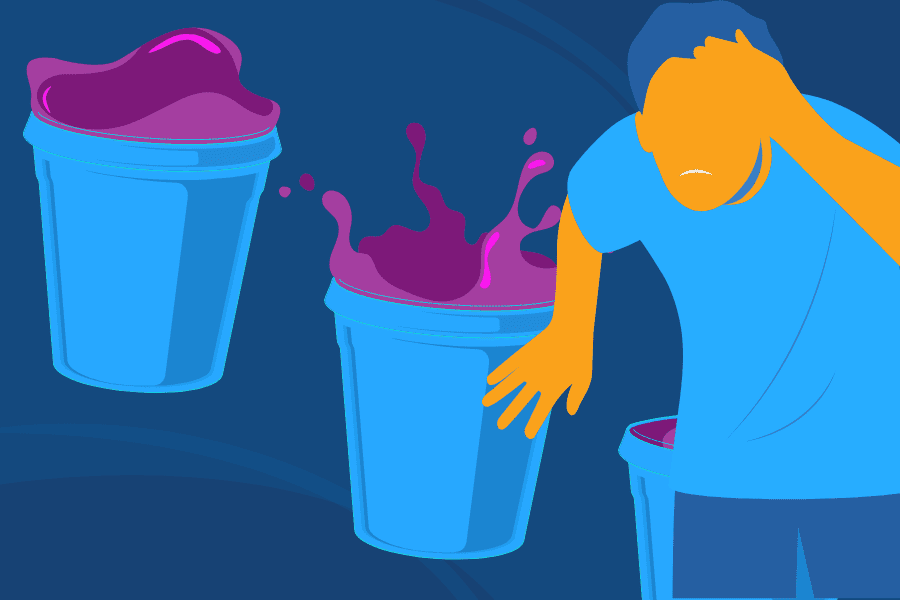What is Ecstasy (MDMA, Molly)
Ecstasy, also known as “Molly”, is a popular club, rave and party drug that has strong stimulant and hallucinogenic effects.
Though ecstasy was originally derived from MDMA (3,4-methylenedioxy-methamphetamine), a drug used for psychotherapeutic purposes in the ’70s, most MDMA found on the street today is a synthetic analog – that is, a chemical compound designed to produce similar effects.
Because of its impurity, widely varying ingredients and intense effects, ecstasy can be very dangerous.
Although ecstasy has circulated heavily in party scenes for decades, it’s gained popularity in recent years due to its rebranding as “Molly” and manufacture in crystal form, giving it the appearance of pure MDMA. However, it is not any more chemically pure than pressed ecstasy pills, and often contains no MDMA at all.
A recent survey by the National Institute on Drug Abuse found that 3.5 percent of young adults had used Molly in the previous year, and nearly 12 percent had taken it at some point in their lifetime.
Street names for ecstasy include E, X, vitamin E, love drug, hug drug, skittles and Scooby snacks, among many others.
Effects of MDMA Use
People who take ecstasy seek out its sensory-enhancing, inhibition-reducing, pleasure-inducing and stimulant effects. They usually take it in a powder (which can be encapsulated) or tablet form, and they begin to feel high in about half an hour. This includes:
- Euphoria
- Increased energy
- Altered perception of time and space
- Longing for physical touch
- Increased sexual arousal
- Increased alertness
- Sense of self-acceptance
Ecstasy’s popularity at parties is due in part users’ ability can go for hours without feeling the need to eat, drink or sleep while they’re on the drug. But though the intense euphoria ecstasy produces makes it alluring to many, it also has a very serious dark side.
Long-Term Effects of Continued Molly Use
MDMA impairs the body’s ability to regulate temperature – when used in settings like raves and music festivals where people dance for hours on end in crowded spaces or in the hot sun, it’s easy to see why hyperthermia (overheating) is a common consequence of ecstasy use.
Another harrowing side effect of ecstasy is its comedown. Because it releases such a massive flood of serotonin in the brain, when users come down, they often find themselves in a severely depressed state that can last from 48 hours to week following each use – a phenomenon dubbed “Suicide Tuesdays“.
Repeated use of MDMA depletes users’ serotonin levels, impairing their ability to sleep, function emotionally and think clearly, leading to conditions like depression, anxiety, insomnia and memory loss.
Ecstasy Overdose
Because of its unknown chemical makeup and because it’s frequently used with other drugs, ecstasy poses a high risk of overdose. Ecstasy overdose can result from reactions to unknown chemical compounds within the drug itself, its interaction with other drugs being taken along with it or aforementioned physical effects such as overheating.
MDMA masks users’ sense of thirst, hunger and fatigue; the resulting dehydration and fatigue can exacerbate poor drug reactions, leading to unconsciousness or even death
MDMA Addiction
Although MDMA is not as addictive as some other drugs, it is tolerance-building, meaning people who use it frequently need to take higher doses to feel its effects. Being around people and places where ecstasy is often used increases the likelihood that your child will use it too.
What to do if Your Teen is Abusing Ecstasy
If your child is abusing MDMA, they need to understand that it’s very unsafe and can have serious long-term effects on their physical and mental health. If you need help talking to your child about drug abuse, or if you think they may be using ecstasy but aren’t sure what to do, give the youth experts at Sandstone Care a call today at (888) 850-1890.




